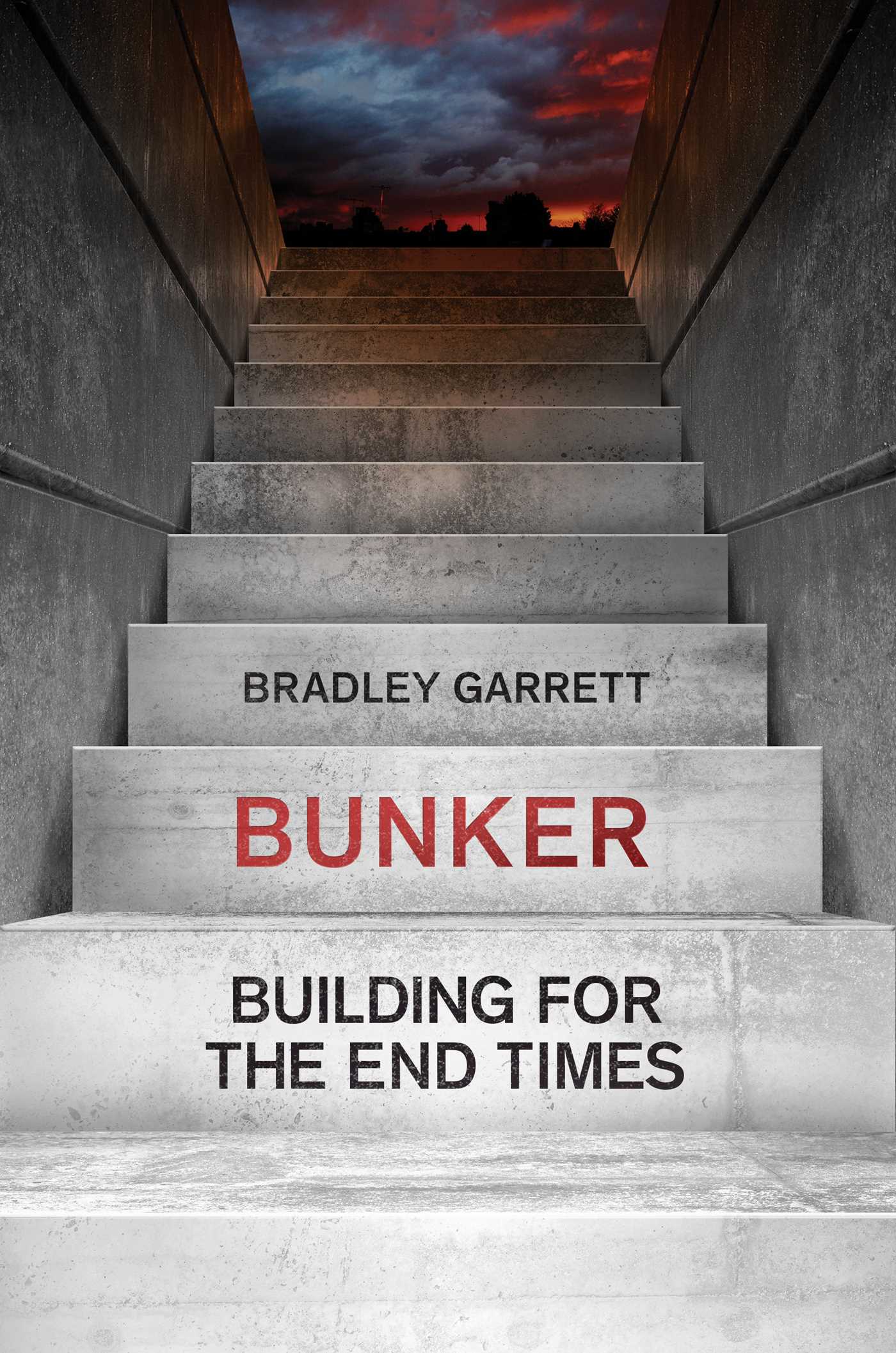2018 School Spending Survey Report
Bunker: Building for the End Times
COPY ISBN
VERDICT Readers interested in current topics, cultural studies, and survivalism will enjoy this insightful look at prepper culture.
RELATED
ALREADY A SUBSCRIBER? LOG IN
We are currently offering this content for free. Sign up now to activate your personal profile, where you can save articles for future viewing




Comment Policy:
Comment should not be empty !!!